
The Free Press

The day I arrived at Lake of the Ozarks—the spider-shaped reservoir in the middle of Missouri, where Midwest Missour-ee starts turning to Southern Missour-ah—Mark Cuban, the tech billionaire and Dallas Mavericks owner, also paid a visit. This was a few weeks ago.
It was odd. Cuban is a card-carrying member of the glitterati. He has a $19 million vacation pad in Laguna Beach. He recently called wokeness “good business”!
What was he doing here?
As it turns out: just refueling one of his private jets.
I wish I could tell Cuban about the lake. Why I love it, why I keep coming back, why he should have stayed—and why he didn’t think to.
So let me tell you instead.
Even though Lake of the Ozarks is small (it has a surface area of just 54,000 acres; Lake Superior, the biggest lake in the country, has more than 20 million), it has a ton of shoreline thanks to its many curves and coves—roughly 1,150 miles in all, longer than the California and Oregon coastlines combined.
Lining that shoreline are nearly 75,000 homes, and during the summer those homes fill up with the haute bourgeoisie of suburban Chicago, Kansas City, St. Louis, and other smaller cities and towns across the heartland. (I grew up in Iowa City—the Ozarks are four hours south and a major destination.)
From Memorial Day to Labor Day, the lake becomes one big party, a sort of Middle American Dionysia where everyone jet skis, barbecues pork ribs, and (until lately) drinks a shit-ton of Budweiser.
Most Americans have never been, and for good reason. The closest airport with commercial service is over an hour away. The lake is far from everything.
“This place—it’s away from every single law enforcement agency in the U.S., and it’s cash-rich,” Marty Byrde, a Chicago financial manager who launders money for a Mexican drug cartel in the Netflix hit series Ozark, says of the lake.
Byrde, played by Jason Bateman, was trying to shake the FBI. Most of the people at the lake have a much steeper hill to climb: they want to escape the cultural-political homogeneity of the Hollywood-New York-D.C. set.
Which is why, at Lake of the Ozarks, you won’t see any Chinese billionaires driving Mercedes G-Wagens. But the car-wash king of greater Dallas in a $100,000 Ford Raptor hauling a million-dollar power boat called Aluminum A$$ets? Bet on it.
The lake is the picture of Middle American wealth, and the most important metric of one’s financial muscle is giving the coastal elites—the people summering in the Hamptons and Nantucket, those who sail, those who believe their Teslas will save the climate—a huge middle finger.
The Ozarks have F U money—and, unlike Mark Cuban, they spend it.
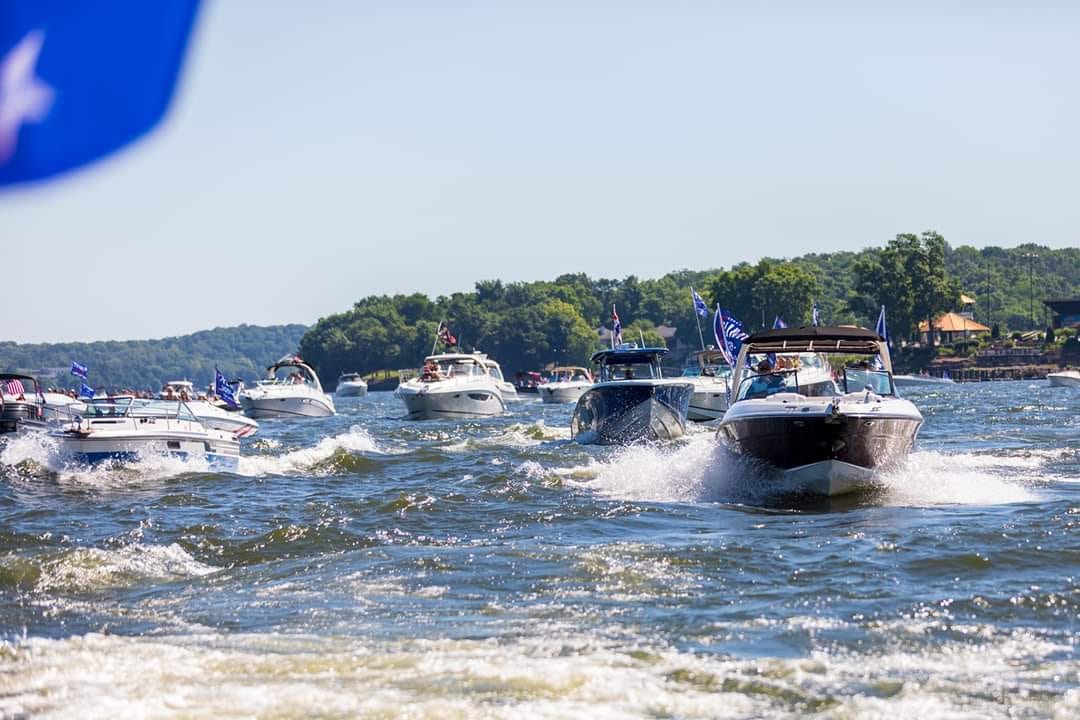
The Lake of the Ozarks was created in 1929 by damming the Osage River and flooding its valley, which means a lot of the shoreline is hard to access. Getting down to some parts means driving down a busted, winding road-slash-footpath where the cell service drops off. That’s when the fun begins.
Down on the water there’s a popular bar: Backwater Jack’s. It juts out over a marina at the bottom of a parking lot so steep it makes you wonder how patrons make it back up after a few drinks. (Hint: golf carts.)
In May 2020, at the beginning of a summer like no other, Backwater Jack’s was home to one of the earliest—and most notorious—pandemic rebellions, when hundreds of lakegoers gathered in its pool for the annual Zero Ducks Given Party. The party is actually three parties spread out over Memorial Day, Independence Day, and Labor Day, and it happens every summer, and just because the whole world had locked down and masked up did not mean the Lake of the Ozarks had to, too.
But when images of the party got out, showing swarms of girls in bikini thongs and gawking dudes and everyone doing tequila shots, there was online outrage.
The Democratic mayor of St. Louis weighed in. Missouri’s Republican governor Mike Parson, who was ostensibly MAGA, said: “Unfortunately, there were some poor decisions that were made, and social distancing was not followed.” Meghan McCain was speechless. Even Sean Hannity chided the crowd. CNN monitored the (very gradual) uptick in Covid cases. NBC was horrified.

Before the party, Backwater Jack’s had said it would provide temperature screenings and “personal bottles of hand sanitizer.” These were ironic gestures, at best. The organizers didn’t care, and everyone knew it. The lake had no intention of giving up its summer.
By the time July 4 rolled around, even those token gestures were gone.
There were, it should be noted, just two cases of Covid linked to the party—which seemed to mystify (and, let’s be honest, upset) the hand-wringers on the Democratic Missouri “coasts,” a.k.a. Kansas City and St. Louis.
One doctor seemed puzzled when asked for an explanation by the St. Louis Post-Dispatch. “We can’t say for sure that there have not been cases associated with Lake of the Ozarks,” she said.
Well, yes. It’s hard to prove a negative.
Then came the “Trumptilla.”
On June 14, 2020, Donald Trump’s 74th birthday, a flotilla (or “Trumptilla”) of 350 boats paraded down the lake. They flew flags emblazoned with “Keep Lake of the Ozarks Great,” “Make Liberals Cry Again,” and “No More Bullshit.”
For participants, the boat parades became something of a community—its Facebook group still has thousands of members. One boater delayed putting his Trump flag-adorned vessel away for the winter until November 4, the day after Election Day. To anyone at the boat parade, Trump losing the election was inconceivable. After all, he was the only candidate with such visible, spirited public support. Joe Biden campaigned from his basement and all but encouraged voters to stay in theirs.

The conventional take on Trump is he won by winning the working class—the disenfranchised and resentful whose jobs were shipped to Bangladesh and who were getting by on disability and fentanyl. Sure, many working-class voters did vote for him. But that wasn’t the heart of MAGAland.
The heart of MAGAland—the people who gave to Trump’s campaign and canvassed precincts for him and fueled the Facebook groups and Twitter chats—were the wealthy but not traditionally elite Americans east of the Hollywood sign and west of the Hudson River. The people who run car dealerships and gas stations and fast-food franchises and other small- and medium-sized brick-and-mortar businesses who could not believe how unbelievably lame the Clintonistas and Bidenistas and all the other signaling, preening finger-waggers were.
Trump called his supporters the real elite. “They talk about the elite,” he told a crowd at a 2018 rally. “You ever see the elite? They’re not elite. You’re the elite. You are the elite. You’re smarter than they are. You make bigger incomes. You’ve got everything going.”
They were the people who spent their summers in places like Lake of the Ozarks, in cabins and gated homes with boat slips and screened-in porches. They weren’t super political, until they felt the politics, the culture, the language of the media people and tech people and Hollywood people thousands of miles away—the people telling them how to live, what to think, what was good or bad—bearing down on them.
Once upon a time, Central Missouri was the political center of America, a kind of stabilizing force. In elections, it was the national temperature-taker. From 1904 to 2004, the state voted for the winning presidential candidate every time. (The only exception was 1956, when it backed Democrat Adlai Stevenson, the governor of neighboring Illinois.)
“The middle of the country has to be reckoned with,” Jason Bateman said in August 2017, seven months into the Trump administration (of which he was not a fan, to put it mildly). “They’re comfortable, they’re happy down there, and there’s no real need for them to adjust or pivot to anybody else’s agenda.”
So far, they’ve kept most big name brands away from the lake. There are no designer shops. There’s no Four Seasons hotel (although there is the Lodge of the Four Seasons, which has no affiliation with the “real” Four Seasons, which is owned by Bill Gates and Saudi Prince Al Waleed bin Talal).
At Lake of the Ozarks, there are no Michelin-star restaurants. No Whole Foods. No Apple stores. The waitress at the local barbecue joint will probably call you sweetie.
At the Rusty Rooster, a diner perched above the water, the founder of a Silicon Valley start-up who had sold his business and, in February 2020, moved with his family to the lake (his wife was from Missouri) told me he found the whole place kind of surreal. He was a burgeoning Midwest dad: polo shirt, shorts, sandals, no Patagonia. He seemed to be losing his sense of style in real time. He said it was shocking to him, a born-and-bred Californian, that an average family could live in a lake house “with a floating party dock and a massive boat.”
“Our neighbors on the lake are a siding salesman, an auto-body shop owner, and an accountant,” he told me.
He’s not the only newcomer.
Since 2019, the pace of real-estate sales has doubled. Prices are way up. Still, the median home price—$321,000—seems like a steal to the laptop warriors in Dumbo and Silverlake squeezed into apartments too small to live in and too expensive to buy. The hottest years for the lake market ever were 2021 and 2022, with quadruple the sales in the number of million-dollar homes. Some of those who moved during the lockdowns are staying for good.
What the people here really want is to have fun.
They want to have fun not simply because fun is fun, but because the other tribe obviously does not believe in fun. Those would be the people who live in little Netflix-Grubhub Covid cells and tweet (or thread?) and are, you know, neurotic.
At Lake of the Ozarks, the pervasive feeling is one of anti-neurosis. It’s water slides and piña coladas and big, manly, climate-warming boats. It’s zero ducks given.
It’s the Margaritaville Resort—part of Jimmy Buffet’s chain of Caribbean-themed hotels—and it’s sitting at the resort’s Landshark Bar in the middle of the afternoon sipping a Pain in the Ass (the local name for a Miami Vice, which is half piña colada and half rum runner).
It’s the sun-burned dudes in red, white, and blue visors steering their boats out of the marina. The girls laughing uproariously. The little kids splashing. The grilling, the zip-lining, the lack of self-consciousness, the lack of signaling, the absence of any tone-policing.
The seemingly endless wallowing in a long, lazy day in July under a blazing sun, smack in the middle of the vast American experiment.
Max Meyer is the former editor of the Stanford Review. He works at the venture capital firm 8VC in Austin, Texas.
To support our mission of independent journalism, become a subscriber today:

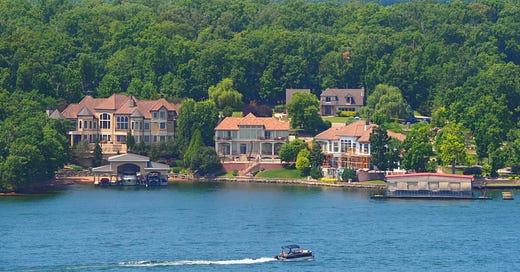




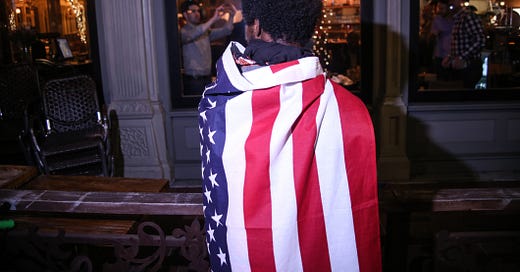
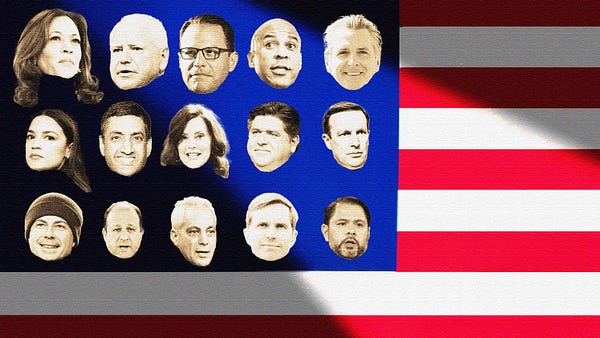

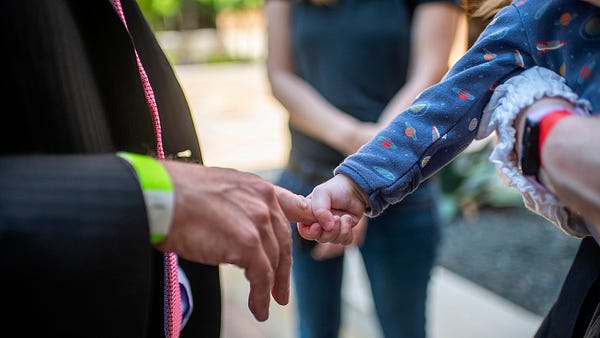



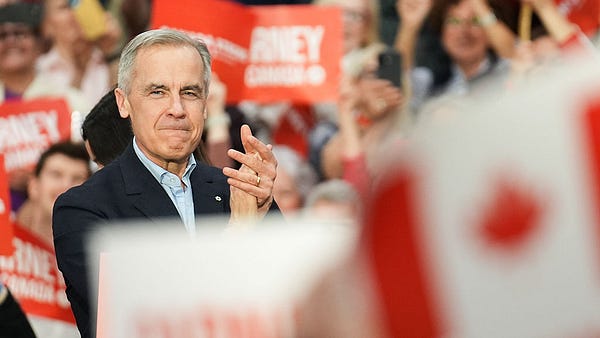

Spectacular ! Thank you . Fuckem all !
I’m not quite that well-heeled, but I’d say I live in a great little riverside community with much the same attitude, in Canada. I grew up around Peterborough Ontario Canada, the ‘playground of the Kawarthas’. Watching the insane antics of the Toronto people on the lake my parents built their cottage on, which was close enough to our town home I could ride my bicycle in from it, I always believed that it was stupid to live in a city longing for those few months a year you ran like mad in ridiculous traffic every Friday to get to your sweet spot at the cottage for the weekend. Where you ripped frantically around the lake on your noisemakers trying to show everyone else how much you were ‘enjoying’ yourself, and then fell into the long glum line of traffic back to Toronto again every Sunday. Ditch the city and figure out how to live at the cottage all the time. It shaped what I chose for a career long before the internet made working from home a horizon-expander: I became a nurse, and there are sick people, and therefore, jobs, everywhere. I wasn’t jailed to work in big cities. For the last 15 years, heading into retirement, we farmed in New Brunswick far from crazy crowds, but along came grandchildren, all back in Ontario. In 2019 we looked for a base in their midst, and luckily, bought just before COVID sent prices into orbit. Husband lives fishing and we lucked into one of the best spots on our stretch of water. You know you’re in the best company when, despite suffering financially from the lockdowns, which we largely ignored, you hear the local restaurant shipped pizzas down to Ottawa to feed the truckers in the Freedom Convoy every day it was on, and you see Freedom network newsletters on the counter. The guys in the parking lot at our little church banter back and forth about how full of meat their freezers are, for upcoming winters, and a buck-knife on the belt under the Dickies padded shirt is normal Sunday style. On Canada Day, the entire river blows up with firework displays answering each other. This year we had a fire ban due to extreme dryness; we had a forest fire a few miles downriver. But, my son, a fireworks tech, is gleefully preparing our display for Labor Day, to compensate.